Saving the Prized Chile That Grows Only in Oaxaca’s Mountains
Farmers growing the smoky pepper had no idea chefs were paying top dollar for it.
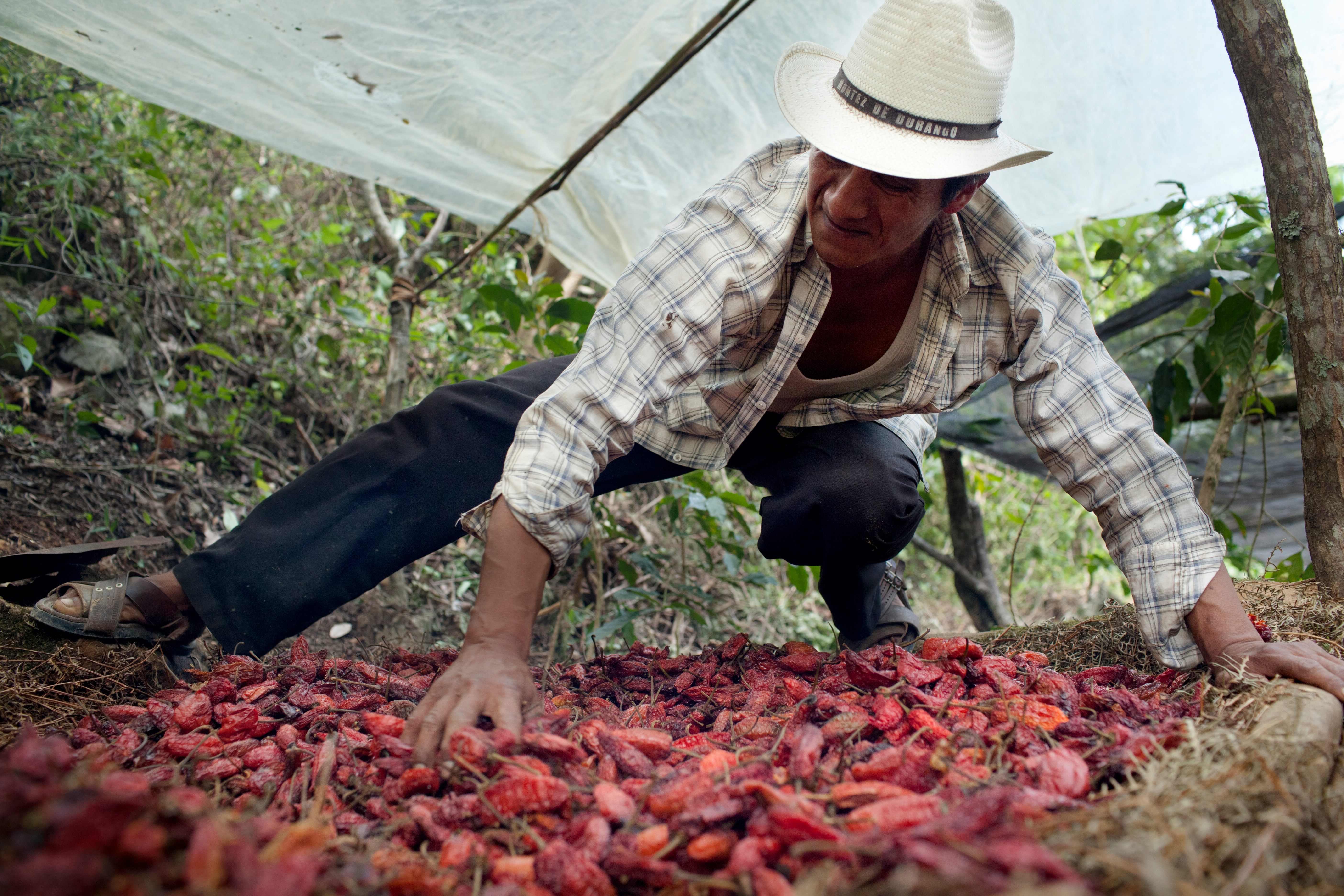
In 1933, riding on the back of a second-rate horse, it took the late anthropologist Ralph L. Beals two full days to reach the Mixe town of Ayutla from the Central Valleys of Oaxaca in Mexico—a distance of approximately 90 miles. As he twisted his way up the precipitous hills, Beals found towns clinging to the mountains, sitting among the clouds. At the time, he was among a handful of outsiders allowed within Mixe territory, located on the northeastern highlands of the Sierra Norte.
Even today, when it’s only a four-hour drive from Oaxaca City, visiting this land proves nearly as difficult. But these remote towns are the birthplace of—and one of the only places that grow—a prized culinary product: the chile pasilla Mixe.
While the pasilla has been a staple of Oaxacan gastronomy for at least a century, it’s appeared in the menus of high-end restaurants in New York City, Los Angeles, and Mexico City only in the past decade. Several types of pasillas grow throughout Mexico, but they vary in fragrance, flavor, and purpose. The Oaxacan pasilla is regarded as very high quality, a fact reflected by its price tag: around 300 pesos ($16) in Oaxaca City, and $40 to $60 for a pound in the United States. In her book, Peppers of the Americas, chef and food historian Maricel Presilla describes it as “one of the finest smoke-dried Mexican peppers.” But even motivated chefs with deep pockets can struggle to get their hands on one. The area is simply too remote and production is low and dwindling.
In 2011, that fact was on the mind of Julián Mateo Isidro as he returned home after five years of studying to become an agricultural engineer. As he made the long trip back home to the Mixe region, he felt eager to share agricultural innovations. “While I was away, I saw how people in other states establish profitable crops and make business,” Isidro says, “and it made me wonder why the people in my town didn’t.”
Isidro’s main concern was the chile pasilla, which is endemic to the Sierra Mixe. His neighbors were ditching the labor-intensive chile in favor of crops such as coffee, and he worried that their tradition of growing it was slowly dying out.
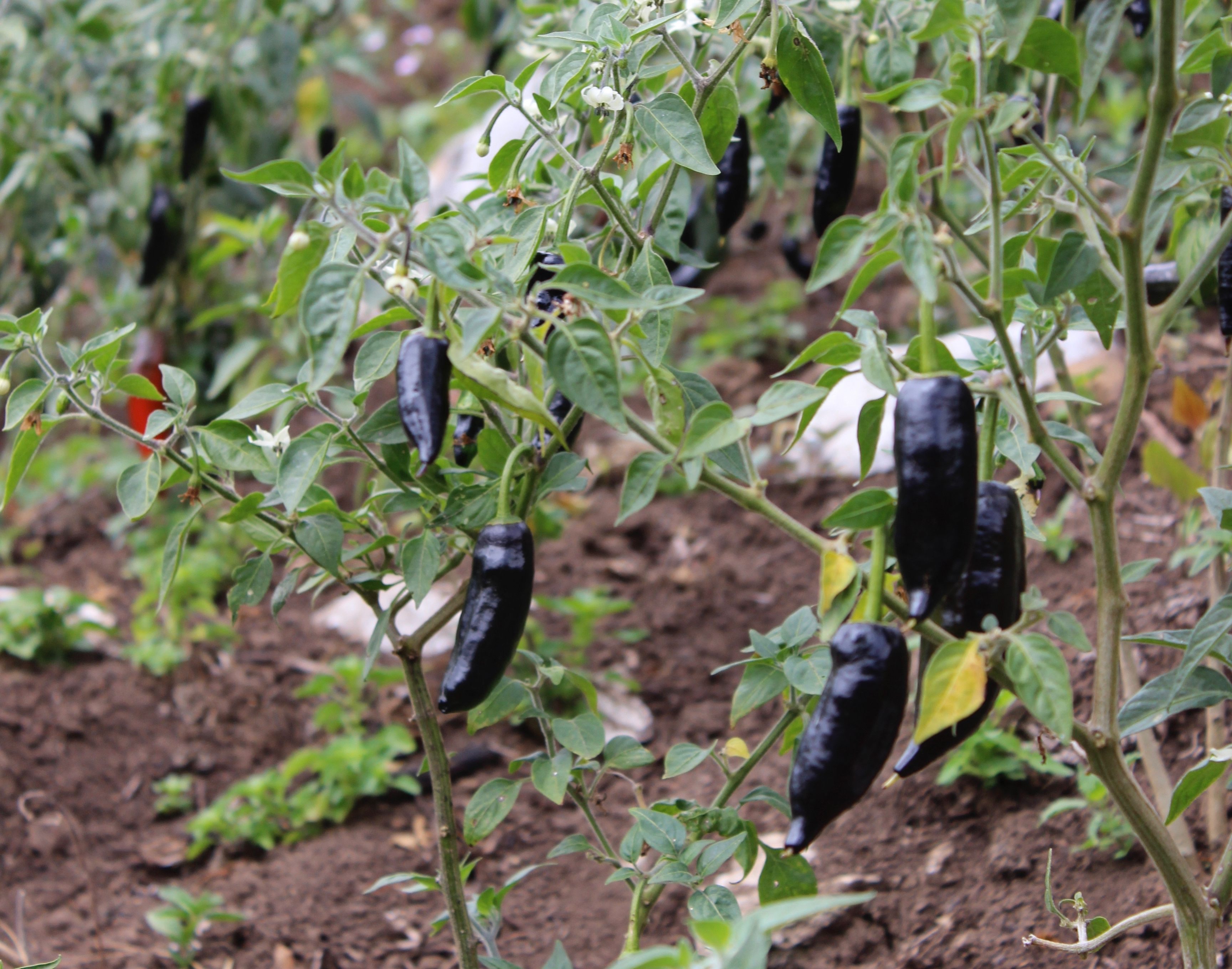
As is the case with many past anthropologists, Beals was interested in the exotic—the rituals, the sacrifices—and sought a culture untainted by colonization and other foreign influences. With Mixes, he got close. Their chosen name (rather than the ones imposed by Spanish conquistadors or the Aztec Empire) is Ayüükjä’äy, or “people who speak the mountain language.” Their name is as poetic as it is descriptive of their geographical location and spiritual beliefs, and their culture bears a striking resemblance to their secluded surroundings. They are reserved, and outsiders who enter their land are subject to extensive interrogation and may not be allowed to stay.
During their long isolation, the chile pasilla has been an essential part of their culture. Isidro’s family—and a significant portion of his town’s approximately 3,000 inhabitants—have harvested and cooked with it for generations. “It’s what gives our food its traditional flavor,” he says. “It cannot be substituted with other chiles, because the pasilla flavor is incomparable.”
Fresh, pasillas are generally known as chilacas but, in the Sierra Mixe, no matter the stage, they are simply called pasillas. As they mature, the chiles change from bright green to burnt orange and, lastly, to an almost black, deep red. Once they reach the final stage of maturity, they are harvested and smoke-dried with oak, which adds a deep, meaty taste and results in wrinkly, burgundy chiles that are smoky and spicy, and whose heat is felt at the throat. While the chiles are grown in various towns throughout the region, its birthplace and original producers are found in two of the 19 Mixe towns: Santa María Alotepec and Santiago Atitlán, which is Isidro’s hometown.
Since it would be impossible for a few small towns to supply the whole market demand, people outside of the Sierra Mixe have started growing it and lying about its origins. Because of this, locals preciously guard fresh pasillas, which cannot be found outside of Mixe territory, as they fear others will plant the seeds. Even if you were to visit, no Mixe would sell a fresh pasilla to an outsider. As you walk the roads and streets, and browse the market aisles, they will stop you abruptly and ask what you are doing there.
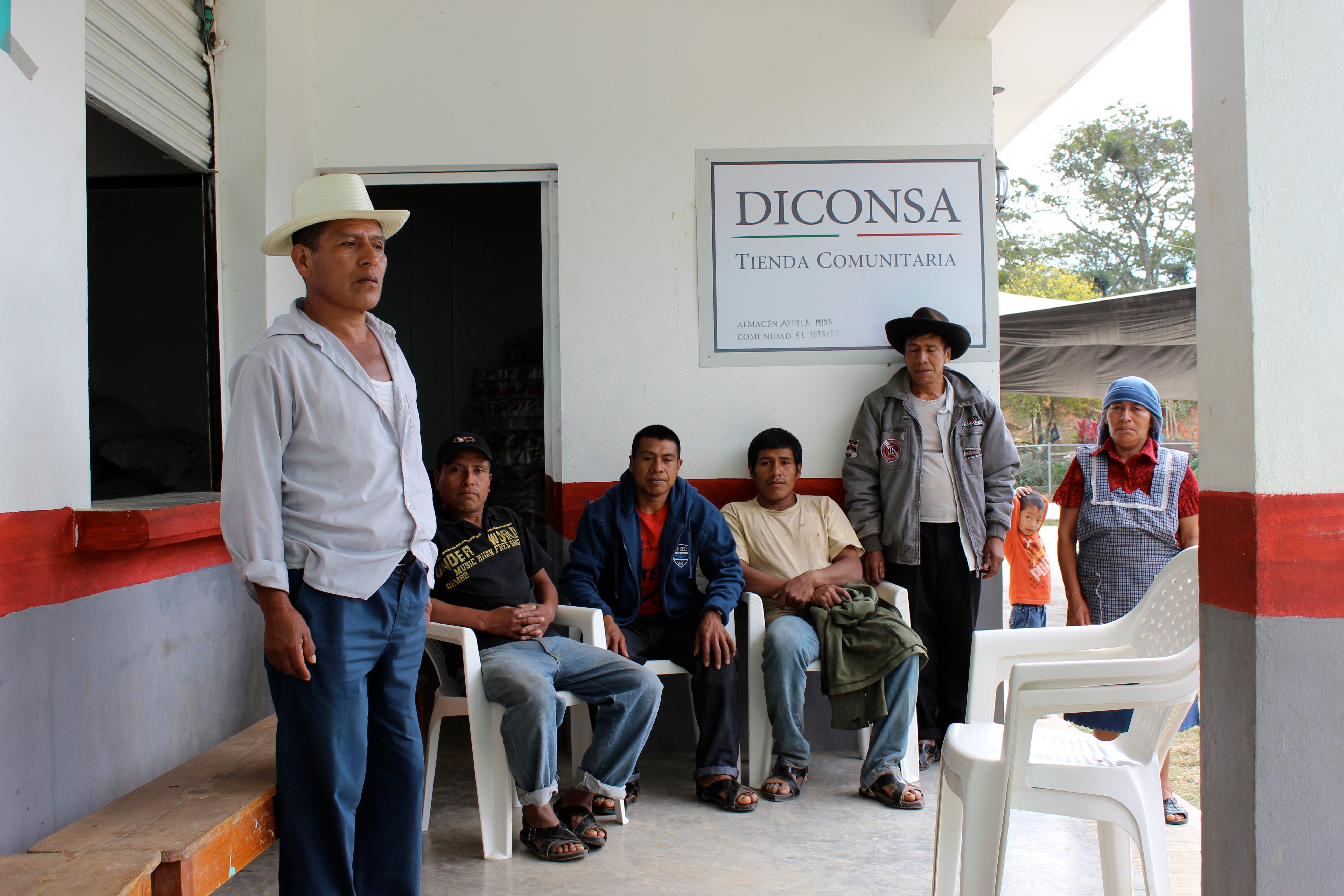
Getting a university degree is an extremely rare achievement in Atlitán. According to census information from the Mexican National Institute of Statistics and Geography, 18% of Atitlán’s population has no education at all, while 72% receives only a sixth grade education. Isidro says few Mixe farmers think about market demands and production methods, so they have to sell their crops for cheap. To do more than just subsist—and avoid being one of the young people leaving for better jobs elsewhere—he felt he needed academic training.
Once back in Atlitán, Isidro returned to his family home and their fields, but he also wanted his town to prosper. He went house to house and field to field, asking pasilla producers to join him in using techniques he’d learned. He knew most farmers wouldn’t be able to pay him for his help, at least at first, but he says he wanted to help his people, whom he describes as “so kind and noble that even when they don’t have food for themselves they’ll offer a handmade tortilla.”
One of his first suggestions was to use an organic treatment on the seeds. The farmers didn’t make any investments, Isidro says, beyond giving the crops “their blessing,” as they would joke. At a cost of 600 pesos ($32) for a 2.5-acre farm, Isidro told farmers, the treatment could reduce the amount of the chile crop lost to disease (an endemic problem due to the area’s engulfing rains) from 50 percent to 10 percent.
But the producers, most of whom are in their forties and fifties, distrusted this foreign information and dismissed Isidro as young and naive. “I found a lot of resistance to change and innovation,” Isidro says. Only a few farmers joined him.
Faced with what seemed like puzzling resistance, Isidro called a meeting, which he announced through a megaphone in the town square. (Residents then spread the word.) He showed up early and waited until around 20 producers gathered in a public courtyard outside of the local school. He spoke first and made his case for using new methods. But a respected farmer named Marciano, who was particularly skeptical, said he didn’t see the point of investing in the production of a difficult crop that was only marginally profitable. (The pasilla fields are on steep slopes two hours outside of town, and they require 120 full working days plus another three of tending a fire day and night while smoking the chiles in caves.) Others left without saying a word.
After the meeting, Isidro realized the farmers were unaware of the chile’s value. Most Ayüükjä’äys had never been beyond the Sierra Mixe, and they sold their chiles for only two pesos (less than 25 cents) per pound. When he told them that two pounds of large pasillas went for 250 pesos ($13) at the main market in Oaxaca City, they didn’t believe it. Impossible! they responded. Who would pay that much for it?

Isidro had worked the pasilla fields his whole life, but he had little experience selling chiles. He soon learned that intermediaries—from Oaxaca City, neighboring Mitla (an indigenous Zapotec village), and larger, wealthier Mixe towns such as Tlahuitoltepec and Tamazulapam—had taken over Atitlán’s economic system. Known as “coyotes,” these intermediaries pay pasilla growers a pittance and re-sold their products for as much as a 600% increase. He knew about coyotes, but hadn’t realized their pervasiveness.
Beals and anthropologist Etsuko Kuroda, who visited the region in the early 1980s, both documented intermediary intervention. “Some buyers of fruits and flowers pay less than they have to, taking advantage of the ignorance of the Mixe vendors who cannot count well in the national currency,” wrote Kuroda in Under Mt. Zempoaltépetl: Highland Mixe Society and Ritual.
This exploitation continues today. Some coyotes drive into town, take the pasillas, and promise to return with the farmer’s share of the profits. “Since the producers are desperate for some money, any money, they agree,” says Isidro. Then the coyotes never return. Even though the chiles are valuable, there are still few enough coyotes that they don’t outbid each other, and the Ayüükjä’äy, who are often desperate for cash, accept very low prices.
Once Isidro understood the coyote economy, he realized that changing how his town sold chiles was more important than changing how they were grown. “I came up with an idea of selling the pasilla in an organized manner,” he says. But it took a chance encounter, plus a natural disaster, to bring his plan to fruition.
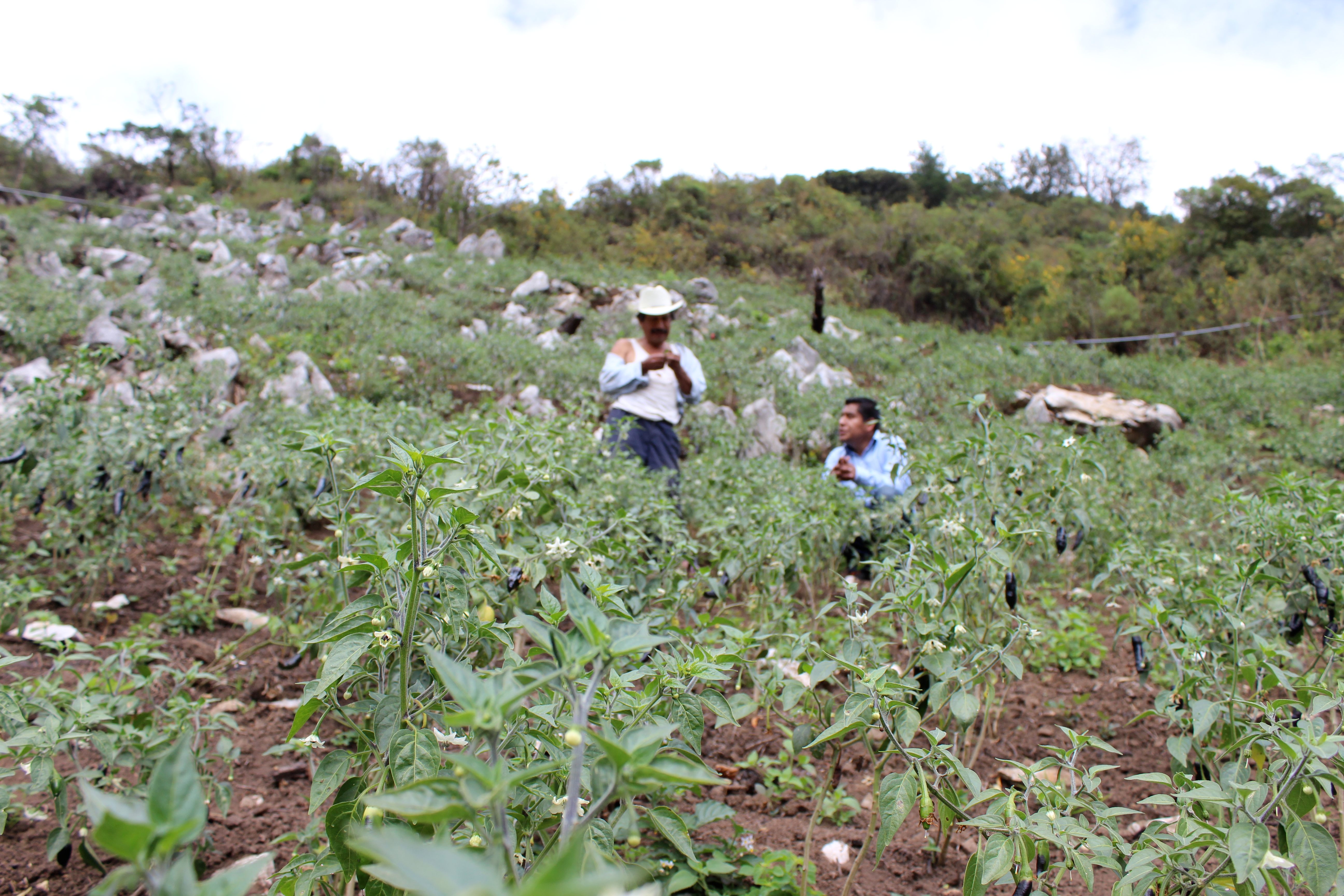
In 2011, Iliana de la Vega, a Mexican chef of Oaxacan heritage, who lived there for many years, was researching and documenting local ingredients and food. From her years in Oaxaca, she knew a Mixe woman, Lolita, who took her to the Sierra Mixe and acted as her guide and character reference. After the routine interrogation, she met Macedonio López, one of the few pasilla producers who had agreed to work with Isidro. He showed her around the fields, the smoking caves, and the small greenhouse he had put up with Isidro’s help.
Soon enough, Isidro, López, and de la Vega were discussing how farmers were giving up on chiles in favor of crops like coffee—and how they needed to get around the coyotes. De la Vega wanted to help preserve the chile pasilla, and as a chef, she knew people who she believed would like to buy the chile directly.
Months later, Isidro received an email: De la Vega had found several chefs willing to buy the chiles at a fair price. At another meeting in the courtyard outside the school house, more farmers, heartened by the prices the chefs offered, were ready to give pasillas another chance. But they wouldn’t invest in treatments until the pay materialized. That year, the crops were riddled with plagues, and a severe drought destroyed almost 90 percent of production.
López and Isidro, however, had their greenhouses and preventative treatments, and word spread that their families had sold all of their pasillas for 250 pesos a kilogram ($13). This time, it was the pasilla farmers who sought Isidro to ask if he would still teach them about treatments.
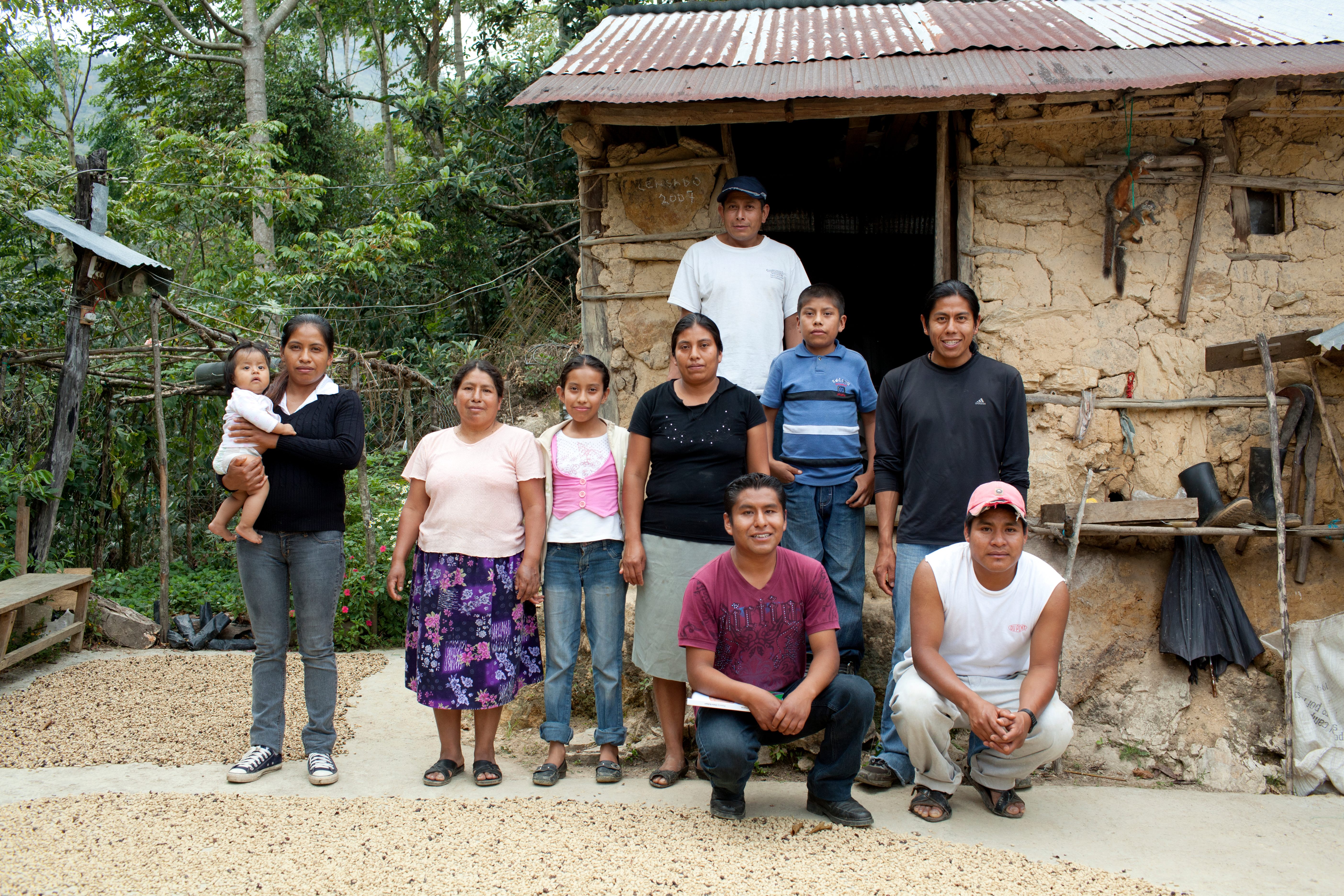
In 2017, de la Vega introduced Isidro and the pasilla farmers to the team of Masienda, a company best known for selling heirloom Mexican corn tortillas, which then bought the whole town’s production of pasillas.
By then, Isidro had formed a cooperative of around 20 producers. They pitched in to buy a communal greenhouse and install an irrigation system, and Isidro shared more advanced techniques, such as seed selection, to ensure that only the best quality chiles made it to the fields. Several farmers even got more land to plant more pasillas. With a smile, Isidro explains that Marciano, who was once his greatest skeptic, now works with the group. He feels confident that his town is now motivated to keep planting pasillas.
Isidro continues to live in Santiago Atitlán with his wife, two children, and parents. He is entrepreneurial, and his agricultural projects have grown to include avocado trees and 200 bee hives. Yet his love for pasillas continues. “This year, we’re going to cultivate pasillas at another three acres of land,” he says. “My family is happy, and when the producers get the earnings they deserve, [that] makes me happy too.”
For a fair price, the farmers of Santiago Atitlán are going back to their roots.
Gastro Obscura covers the world’s most wondrous food and drink.
Sign up for our email, delivered twice a week.





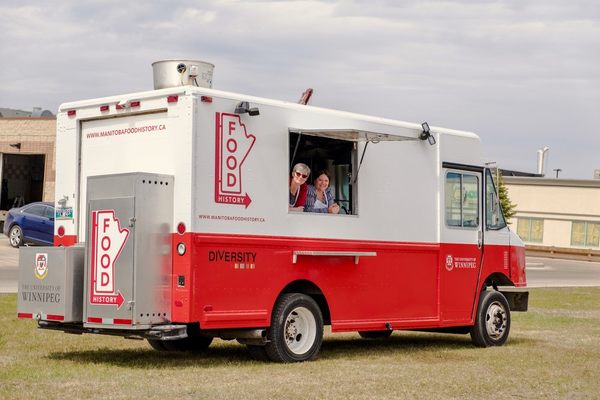





















Follow us on Twitter to get the latest on the world's hidden wonders.
Like us on Facebook to get the latest on the world's hidden wonders.
Follow us on Twitter Like us on Facebook